
Exhibition Watches and Wonders 2025: The Most Anticipated Exhibition Approaches
Welcome to the hub of the horoloy
The Story of How a Small European Nation Became the Leader in the Industry
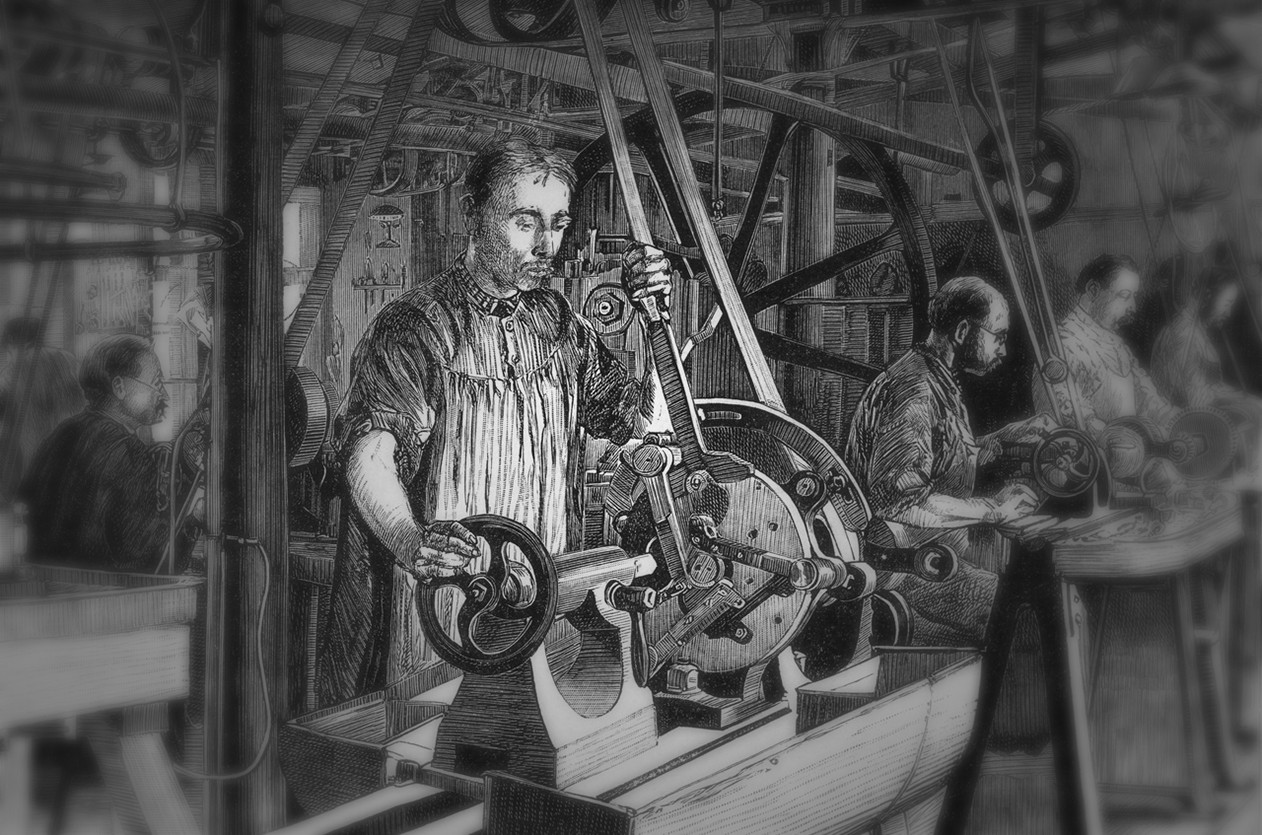
Switzerland, a small European country, has long been the beating heart of luxury watchmaking, home to highly precise mechanical timepieces. But have we ever wondered how it achieved this status? What made Switzerland dominate this industry, and what factors contributed to its mastery of the craft?
When discussing the Industrial Revolution, Great Britain often comes to mind, leading with steam engines and mechanical advancements. In automotive history, Germany takes the spotlight with Karl Benz, the inventor of the first car. Affordable automobiles? That’s Henry Ford and his pioneering mass production methods. But what about watches? When it comes to watches, the answer is always Switzerland. But how did this happen? How did Switzerland become a leader in this field?

Some might credit Abraham-Louis Breguet, the legendary watchmaker known for inventing the first wristwatch. However, the truth is more complex. Breguet began his watchmaking journey in Paris, where he established his workshop. The Breguet brand officially moved to Switzerland only in 1976, more than a century after its founder's death. Thus, the history of Swiss watchmaking predates Breguet by many years.
 Over more than four centuries, the Swiss watch industry has maintained its global leadership through a blend of rich traditions, accumulated expertise, advanced technology, and continuous innovation. Despite crises—technological, structural, or economic—it has proven its resilience and adaptability. Thanks to its dynamism and creativity, Switzerland has introduced many groundbreaking innovations, such as the first wristwatch, the first quartz watch, the first water-resistant watch, the thinnest and smallest wristwatches, the most complicated timepieces, and the most expensive watches in the world.
Over more than four centuries, the Swiss watch industry has maintained its global leadership through a blend of rich traditions, accumulated expertise, advanced technology, and continuous innovation. Despite crises—technological, structural, or economic—it has proven its resilience and adaptability. Thanks to its dynamism and creativity, Switzerland has introduced many groundbreaking innovations, such as the first wristwatch, the first quartz watch, the first water-resistant watch, the thinnest and smallest wristwatches, the most complicated timepieces, and the most expensive watches in the world.
 Before delving into these technical achievements, we must return to the roots, to a time before classic pocket watches. This journey begins in the Renaissance, during a crisis more complex than the Quartz Crisis of the late 20th century. The true beginning dates back to the early 16th century.
Before delving into these technical achievements, we must return to the roots, to a time before classic pocket watches. This journey begins in the Renaissance, during a crisis more complex than the Quartz Crisis of the late 20th century. The true beginning dates back to the early 16th century.
Switzerland, a small country characterized by deep blue lakes and towering mountains, was not always a leader in watchmaking. Before ascending to the throne of this industry, France and the Netherlands were Europe’s leading nations. So how did it all begin?
Although the origins of mechanical watches are not the primary focus of this article, it’s important to note that Europe introduced the first pendulum clock in the mid-17th century. This technology, evident in traditional old clocks like wall clocks, relied on manual winding mechanisms. However, before gear-based mechanical watches emerged in Europe, including Switzerland, there were primitive timekeeping methods that we discussed in a previous article.

Before pocket watches, portable clocks were the pinnacle of innovation. This breakthrough occurred in Germany around 1509. During the Renaissance, the first "portable" timepieces appeared, marking a significant leap from large timekeeping machines that hung on walls or stood as tall as cabinets.
Between 1509 and 1530, German watchmaker Peter Henlein successfully invented a small clock considered the predecessor of modern wristwatches. These timepieces were not worn on the wrist but were designed as jewelry or ornaments. Henlein, credited with creating the first portable clock in Nuremberg, Germany, introduced an advanced model for the time. Although these clocks were not small enough to fit in a pocket, they paved the way for the development of portable timepieces.
 These clocks were extremely rare and reserved for the wealthy, regarded as advanced and luxurious technology in their era. This marked the beginning of a long journey leading to the evolution of watches as we know them today, with Switzerland playing a pivotal role in the industry.
These clocks were extremely rare and reserved for the wealthy, regarded as advanced and luxurious technology in their era. This marked the beginning of a long journey leading to the evolution of watches as we know them today, with Switzerland playing a pivotal role in the industry.
So far, we haven’t touched on Switzerland’s contributions to watchmaking. When did Swiss watchmaking begin?
The Protestant Reformation was a turning point in this history. The upheavals in Germany and France radically reshaped the watchmaking industry. While Germany pioneered portable clocks, the Reformation stalled progress there due to violence and economic instability. In France, religious persecution disrupted the budding watchmaking trade.
This turmoil indirectly paved the way for Switzerland’s rise in watchmaking. Migrant craftsmen brought their expertise to Switzerland, laying the foundation for the industry’s renaissance and transforming the country into a global powerhouse.

Known for its stunning landscapes, premium chocolate, and advanced banking system, Switzerland also stands out for its policy of political neutrality during European and global conflicts. This stability attracted many French watchmakers fleeing violence in their homeland. Most settled in Geneva, a city known for its stability.
Switzerland’s journey to dominance in watchmaking began in the 16th century, with Geneva maintaining its reputation as a watchmaking hub. By the 17th century, the city was crowded with watchmakers, prompting many to relocate to the Jura Mountains.
Switzerland experienced a religious reform movement known as Calvinism, emphasizing simplicity and austerity. In 1541, Calvinists enacted strict laws banning jewelry and ornaments. This decision devastated goldsmiths but pushed them to pivot to watchmaking.
With skilled craftsmen from France and Germany, Swiss watchmaking emerged from humble beginnings. By the end of the century, Geneva had earned a global reputation for excellence, and the "Geneva Watchmakers’ Guild" was established in 1601—the first of its kind worldwide.

As Geneva became overcrowded, many watchmakers moved to the Jura Mountains, particularly La Chaux-de-Fonds, which became the capital of the industry for over a century. Swiss superiority was not limited to quality but extended to production methods. Daniel JeanRichard, a goldsmith from La Chaux-de-Fonds, introduced the "établissage" system, dividing labor among independent workshops for component production and subsequent assembly.
 The établissage system boosted efficiency and productivity by manufacturing components in multiple locations and assembling them later. The harsh winters in the Jura Mountains also encouraged farmers to assemble watch components, leveraging their precision skills from textile work.
The établissage system boosted efficiency and productivity by manufacturing components in multiple locations and assembling them later. The harsh winters in the Jura Mountains also encouraged farmers to assemble watch components, leveraging their precision skills from textile work.
Switzerland outpaced its European competitors in speed and quality, leading to the decline of watchmaking in France and Britain. In the modern era, Swiss watchmaking has become a significant contributor to the national economy. In 2023, Swiss watch exports reached CHF 26.7 billion, accounting for 3.6% of the GDP.
This article focuses solely on Switzerland’s watchmaking industry, but this does not mean the craft is exclusive to the country. However, Switzerland undoubtedly reigns supreme in luxury mechanical watchmaking. Its dominance results from a combination of factors, including the Industrial Revolution, advanced tools and machinery from other European nations, advancements in material science, and innovations in chemistry—all skillfully applied to enhance the industry’s quality. These efforts were supported by centuries of accumulated expertise.
Additionally, other factors played a crucial role, such as Europe’s rising standard of living, which allowed more people to acquire these luxurious mechanical marvels.

However, the history of watches is not exclusive to Switzerland. Many countries have contributed to the development of these beloved mechanical instruments. In Europe, France, Italy, Germany, and the United Kingdom made significant contributions, alongside others. The Far East also played a role, with Japan making distinctive contributions, followed by China in recent years. The American West was not far behind, with the United States witnessing notable advancements in the field.
In upcoming articles, we will explore these global contributions in greater detail, examining how each region shaped the watchmaking world we know today.

Introducing Biver Unveils the Latest Additions to the Automatique Collection
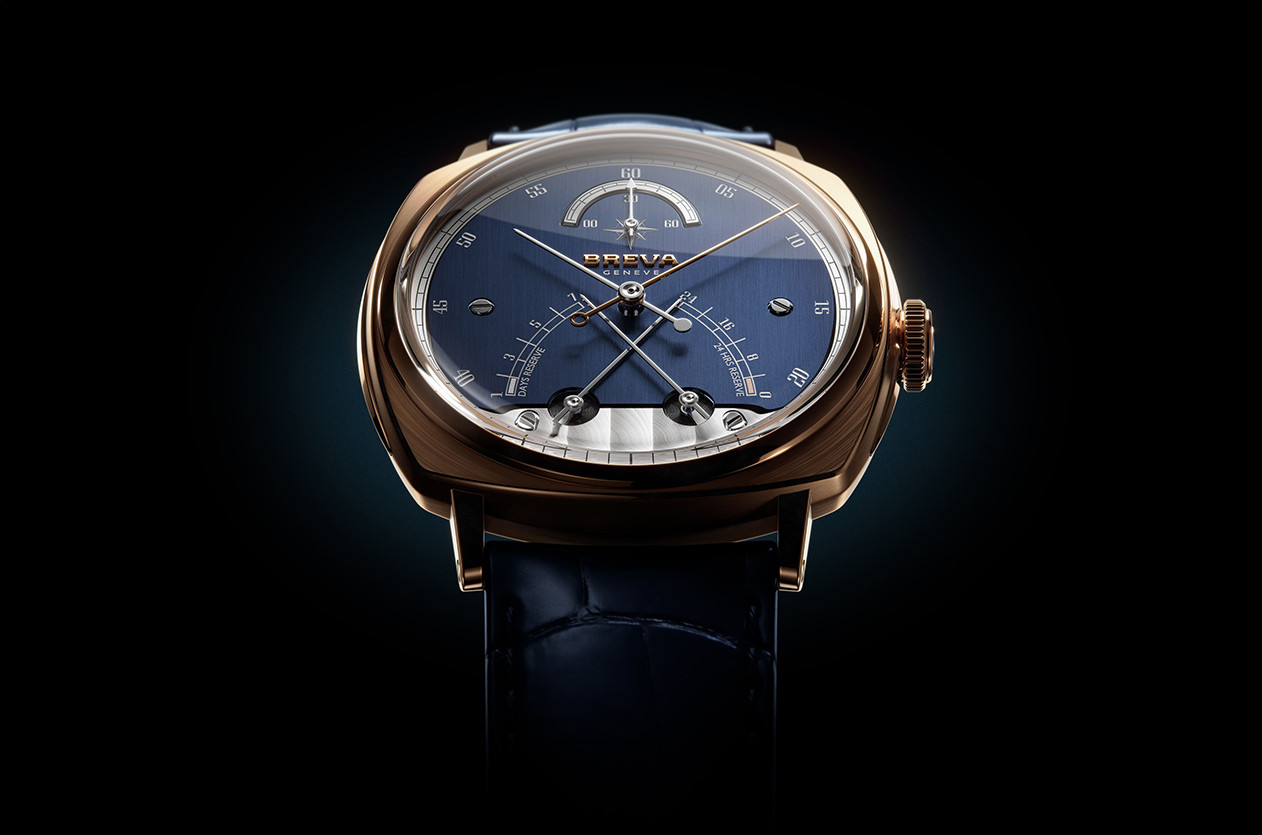
Introducing A New Chapter for Breva with the Segreto di Lario
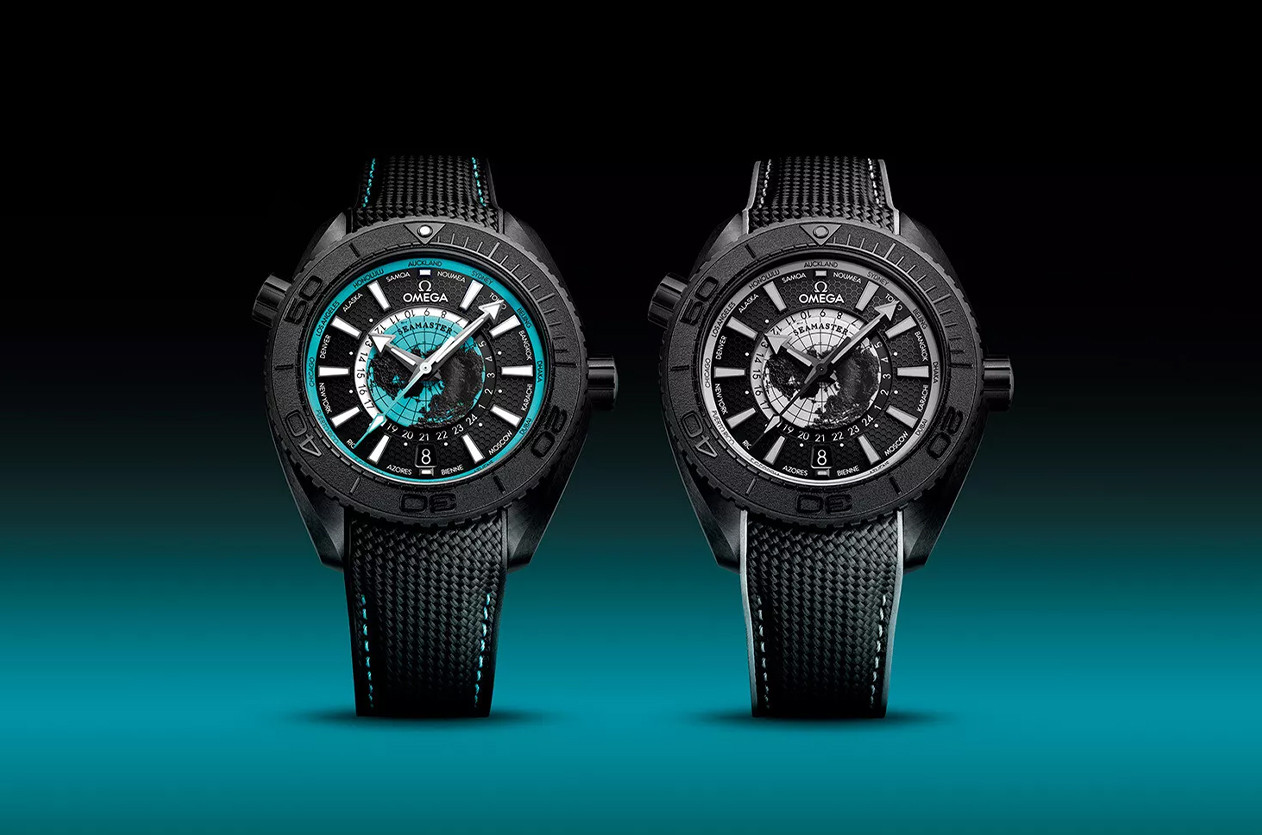
Introducing Omega Unveils the Seamaster Planet Ocean Worldtimer Duo
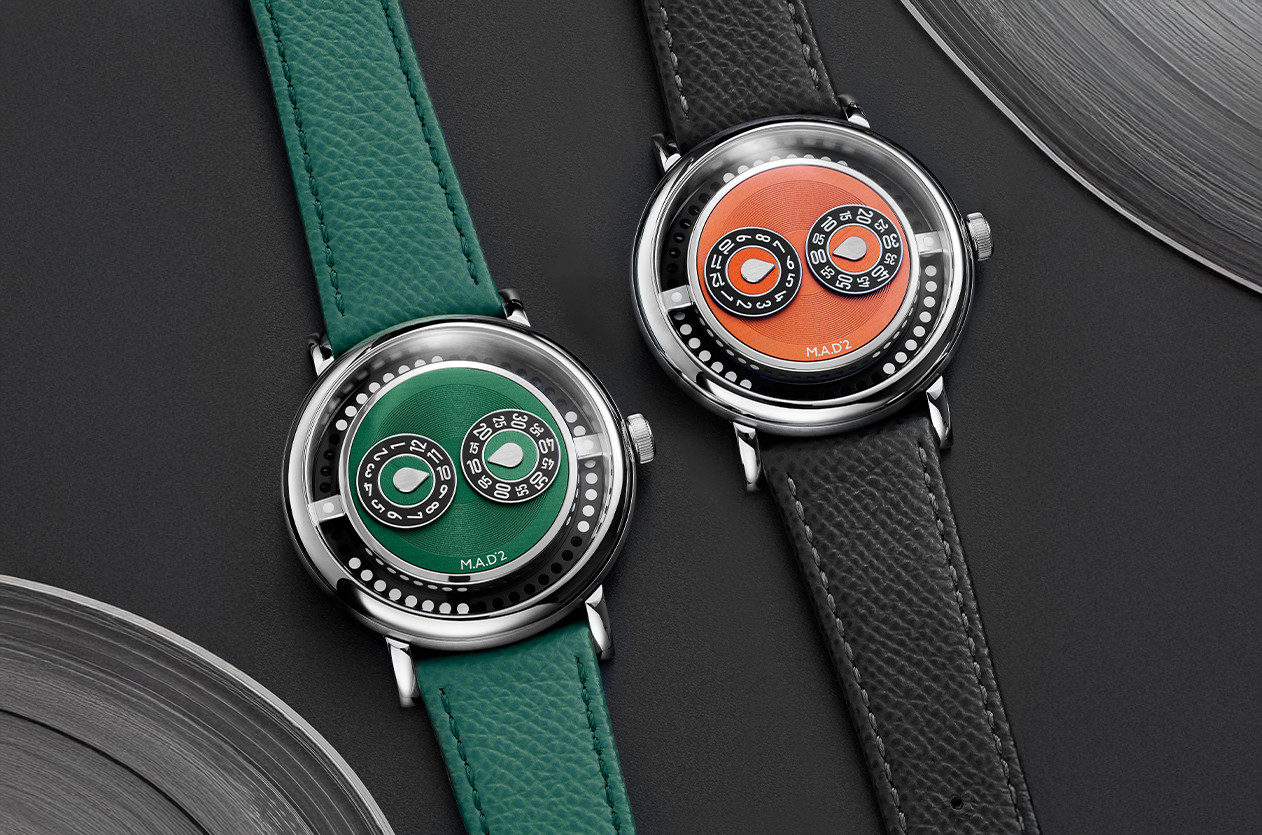
Introducing M.A.D. Editions Enters a New Phase with Eric Giroud
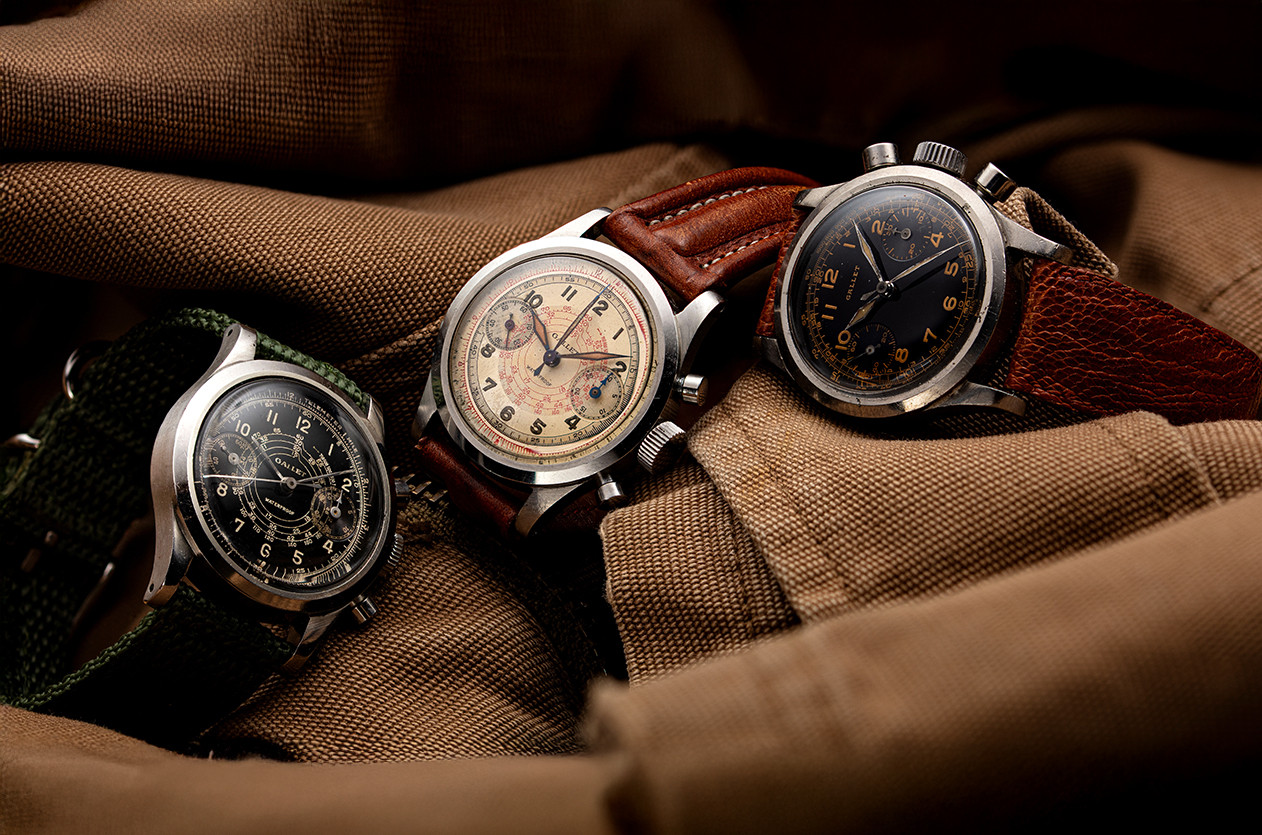
News Breitling Continues Its Expansion by Acquiring the Historic Brand Gallet
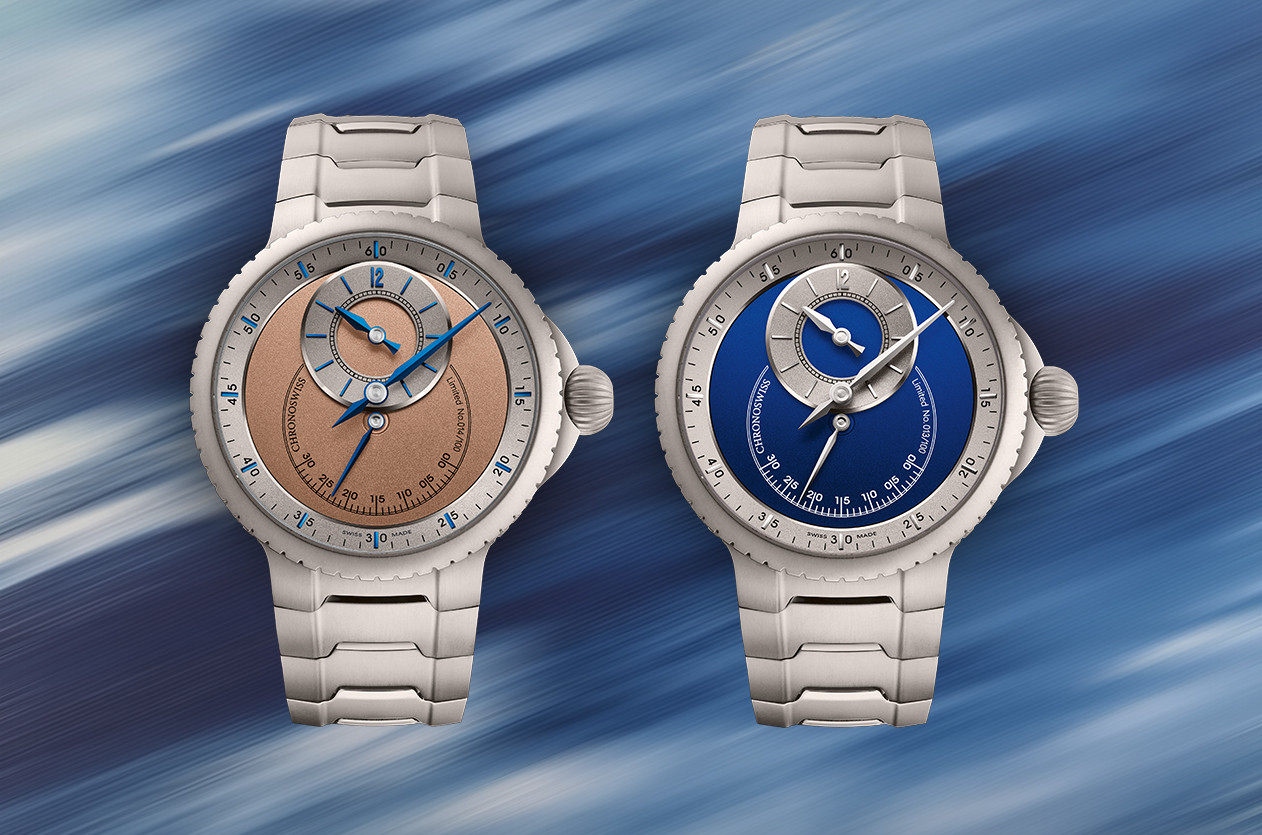
Introducing Chronoswiss Begins a New Chapter with The Pulse One
Comment Delete Text
This page is available in English only. Please click below to visit Arabic Home page!